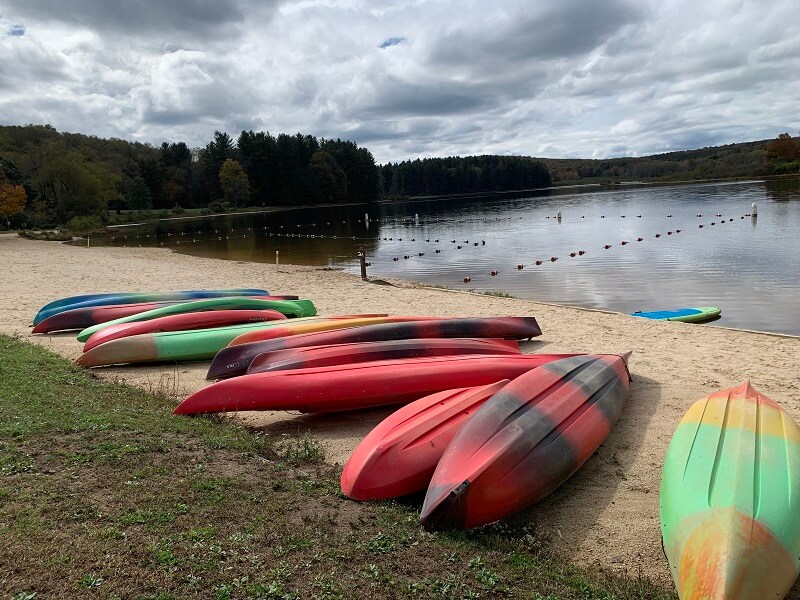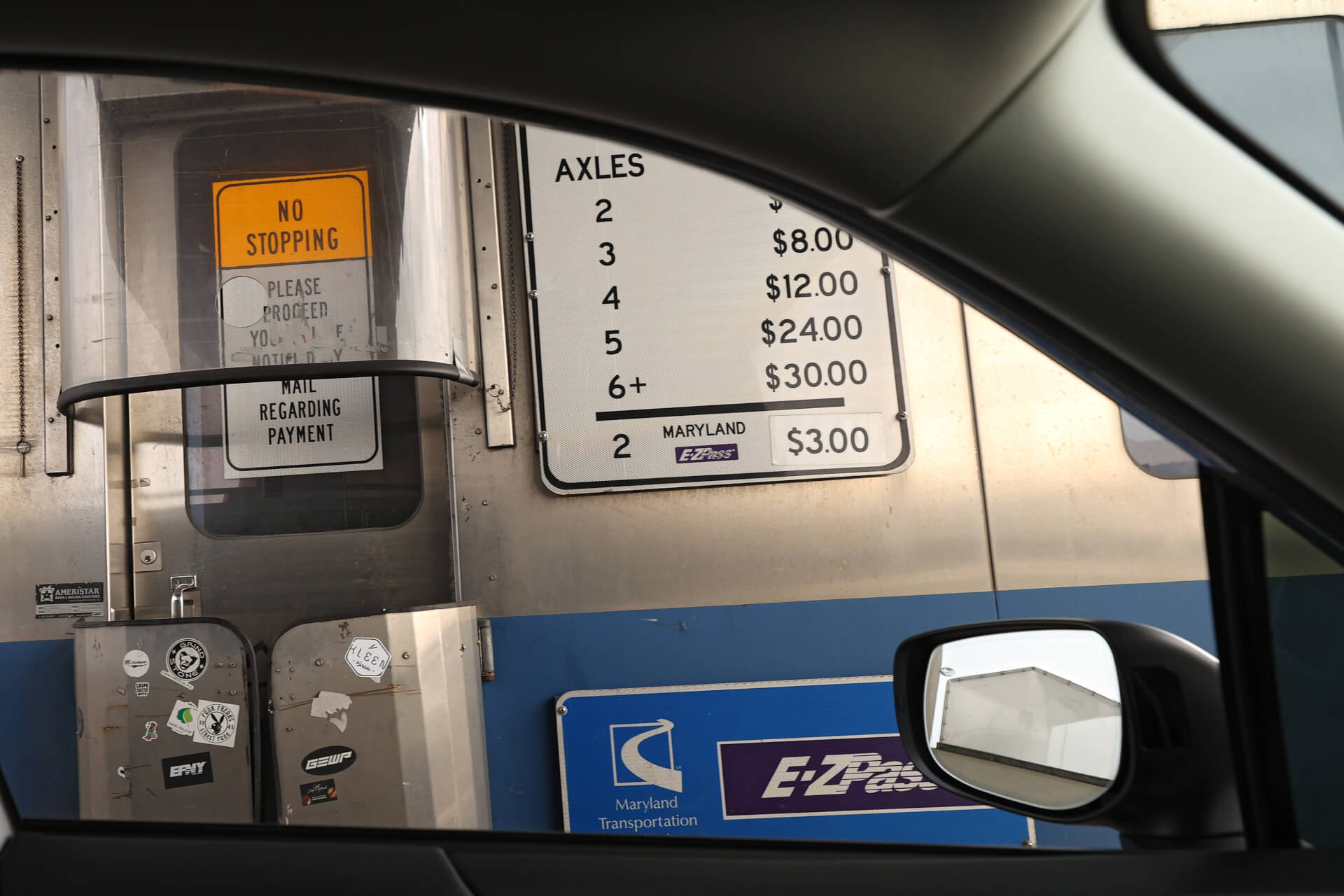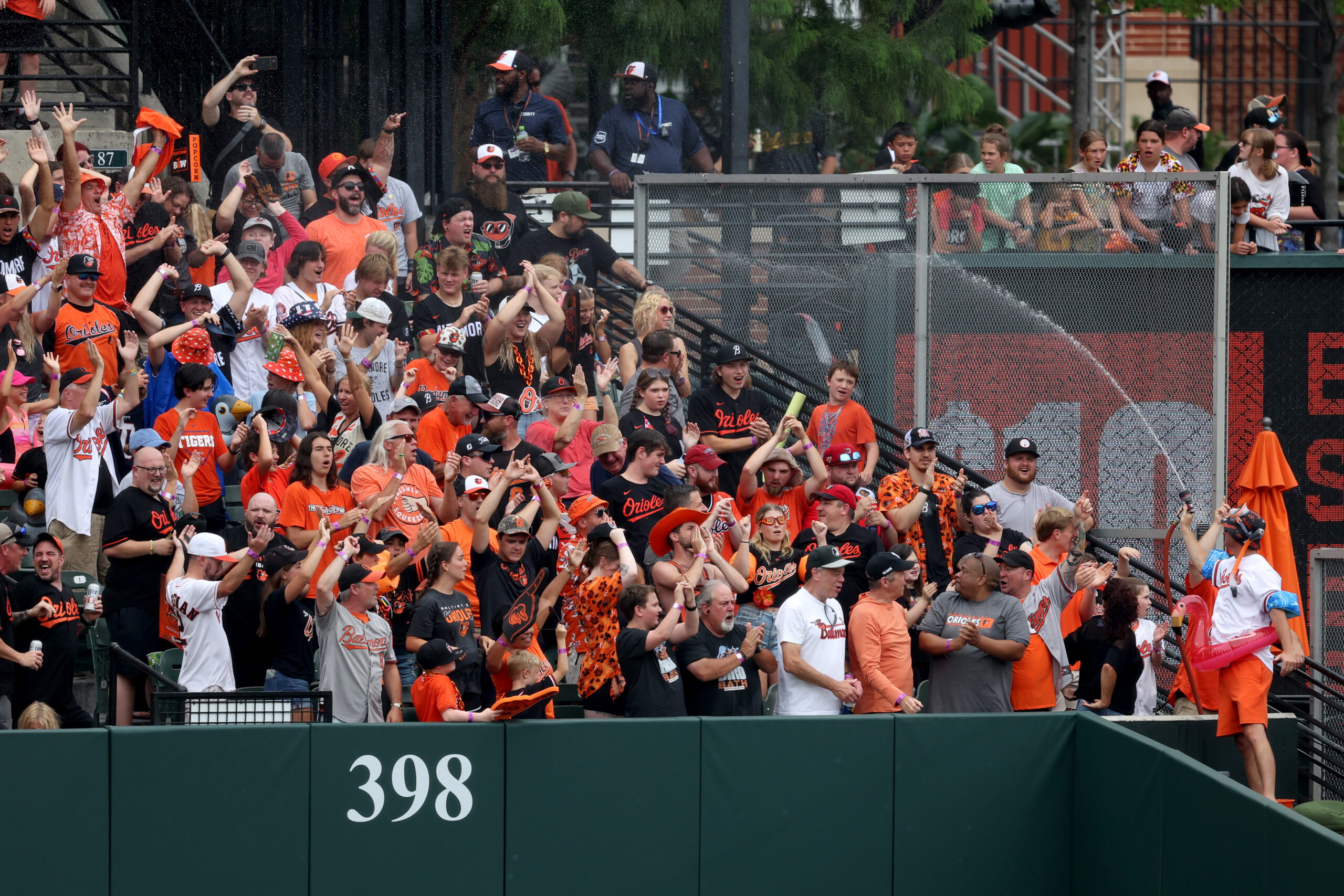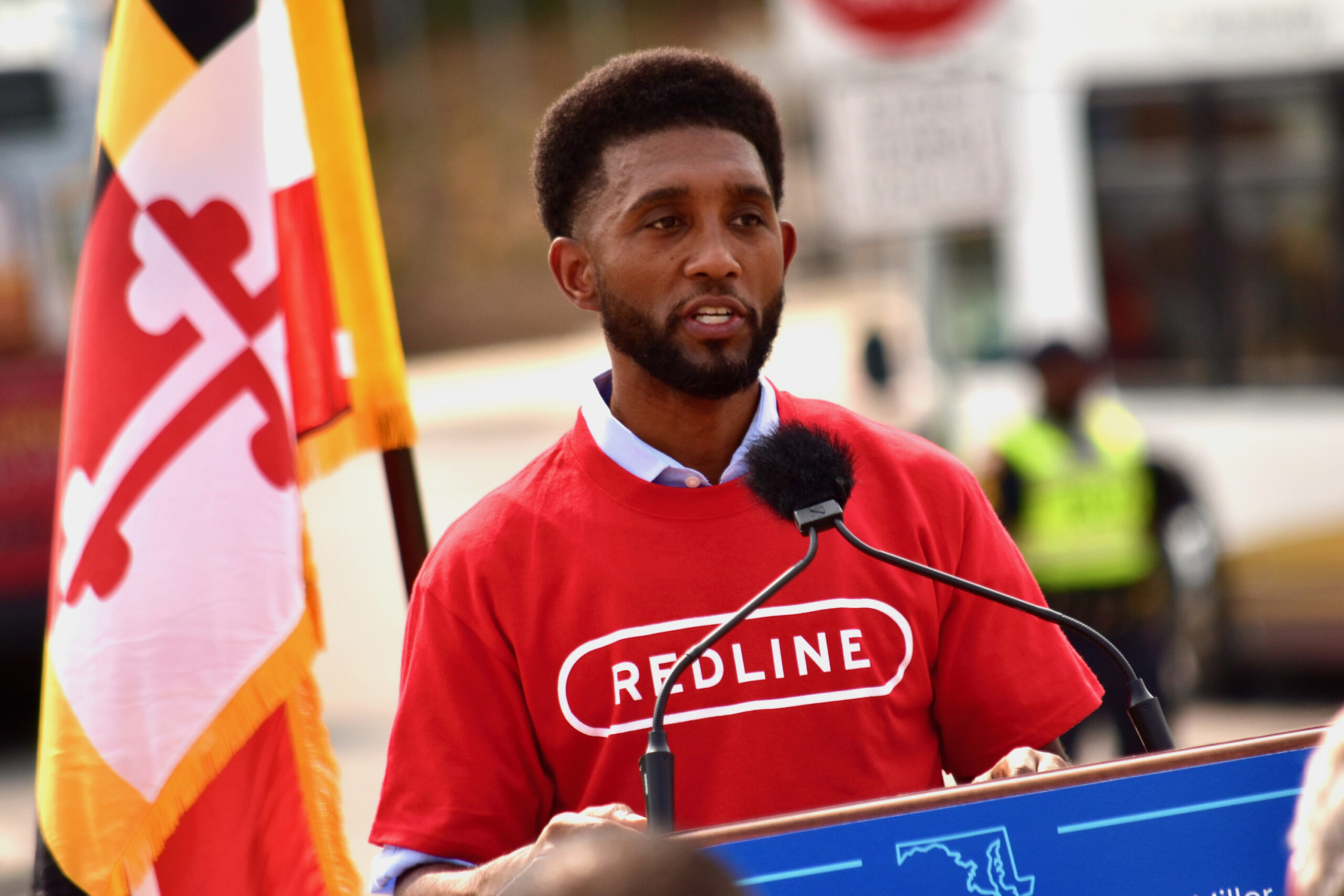Opinion: Visiting, Funding, and the Disconnect in Public Attitudes Toward Md. State Parks

By Ethan Buckborough and Jibril Howard
The writers are political science majors and research assistants at the Sarah T. Hughes Center for Politics at Goucher College.
State parks and public lands have been the go-to destination for safe and socially-distanced recreation for many Maryland residents throughout the pandemic. According to the Maryland Park Service, more than 21 million Marylanders — the most ever recorded — have spent time in the mountains of New Germany, on the beaches of Assateague, on the winding paths of Patapsco, and at other parks, publicly owned trails and outdoor recreational areas during 2020.
But this boost in popularity has come with significant costs: overcrowding, understaffing and growing maintenance issues threaten the same natural environment that the designation as public land intended to protect.
Moreover, while visitation to state parks increased by approximately 45% between 2019 and 2020, the issues of equitable access have remained. Visiting a park is an inexpensive activity (popular Sandy Point State Park costs just $5 per person to visit during the peak summer season) but getting there remains out-of-reach for residents without access to private transportation.
The issues facing Maryland’s public lands have caught the attention of key lawmakers.
Senate President Bill Ferguson (D-Baltimore City) and House Speaker Adrienne A. Jones (D-Baltimore County) announced the creation of a new State Park Investment Commission this past August. The commission will recommend ways to improve existing parks and identify geographic areas for new investment, particularly regarding accessibility for underserved and marginalized communities. The formation and work of this committee is an essential first step to addressing the backlogged, current and future problems.
So, where does the public stand?
The Goucher College Poll recently asked Marylanders about their interest in visiting a state park and their perceptions of how much the state was spending to fund them. The results illuminated both areas of public interest and a critical disconnect in public attitudes that proponents of improving and expanding public lands should consider.
For starters, 84% of residents said they were “very” (51%) or “somewhat” (33%) interested in visiting a state park this year. Only 16% said they were not interested.
The appeal of state parks was widespread across demographics; majorities among nearly all subgroups were at least somewhat interested in visiting a state park. Notably, there was little difference in interest across race or gender lines. Though, to be sure, interest was noticeably higher among some Marylanders: Montgomery and Prince George’s County residents, Democrats, residents with a college degree, and those younger than 55 were all the most likely to say they were “very interested” in visiting a state park over the next year.
The big picture is that park visitation is of interest to all types of Marylanders, and it does not appear that interest will wane in the next year. The newly elevated visitation rates are likely the new normal suggesting that additional funding will be needed to even maintain the current quality of service and amenities for park visitors.
But here’s the disconnect.
Compared to the other budgetary items — public education, roads and highways, public transportation, housing and community development, and unemployment assistance — state parks were the only area in which a majority of residents (60%) thought state spending was “about right.” Less than 30% said that state parks received “too little” state funding. This general pattern holds even among the Marylanders who said they were “very interested” in visiting a state park.
Residents have not yet connected the environmental, capacity and maintenance problems that have plagued Maryland parks with the need for more funding. And without clear public support, budgetary needs for expenditures like parks, sometimes viewed as a peripheral rather than necessary public service, can be easily forgotten.
Thus, to keep and maintain Maryland’s pristine public lands, advocates and lawmakers must make the case for more funding to the public.
Thankfully, state parks have supporters on both sides of the political aisle and in the legislative and executive branches. The crucial work of the bipartisan State Park Investment Commission, chaired by former Gov. Parris N. Glendening (D), can and should be bolstered by Lt. Gov. Boyd Rutherford (R).
Rutherford, who is sometimes accompanied by Department of Natural Resources Secretary Jeannie Haddaway-Riccio, has spent the last few years visiting and promoting state parks through his #LGStateParkBucketList initiative.
By elevating this issue together, these statewide leaders have the best chance to create a sustainable future for Maryland’s most precious and popular public resources.





 Creative Commons Attribution
Creative Commons Attribution